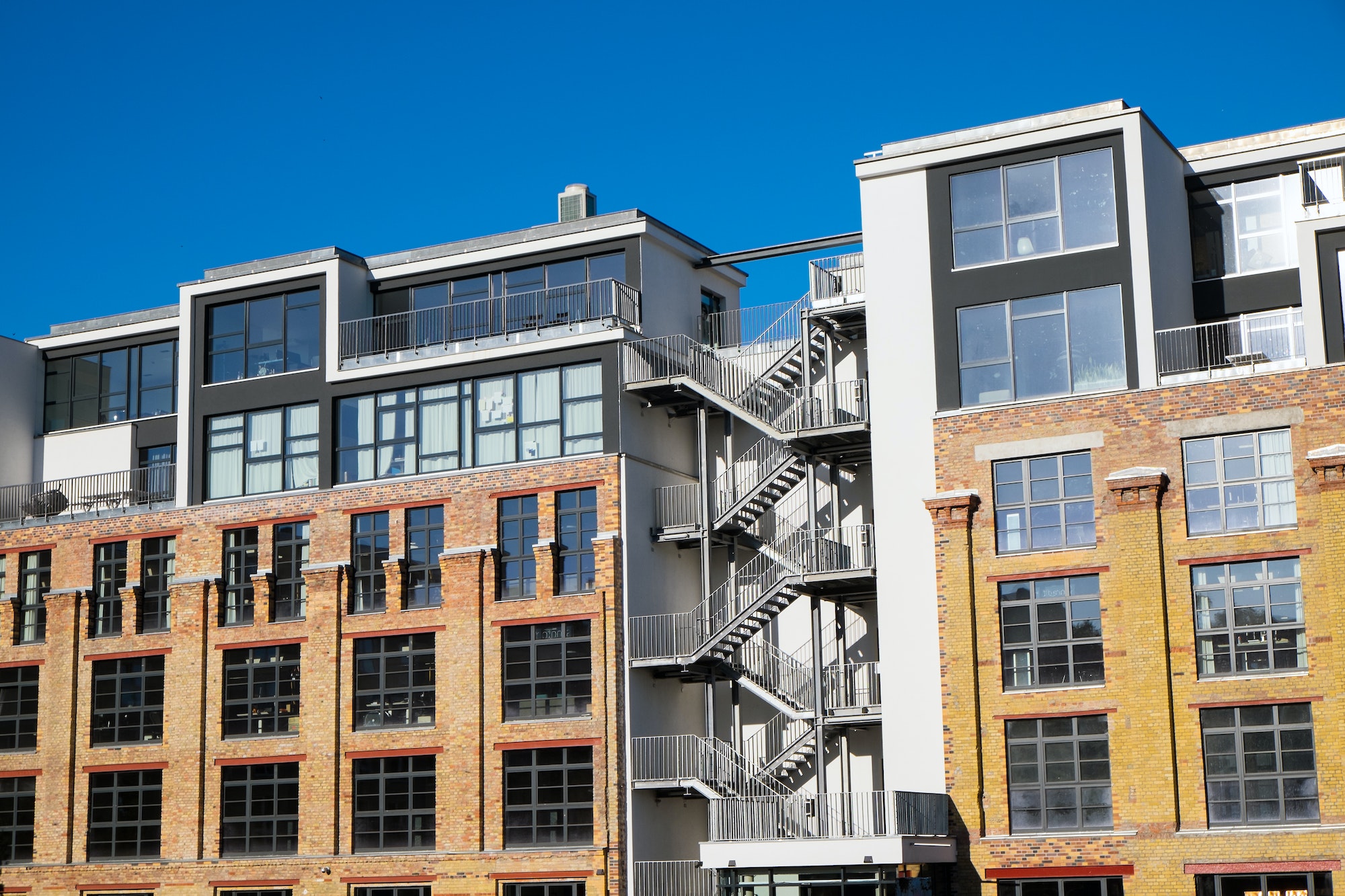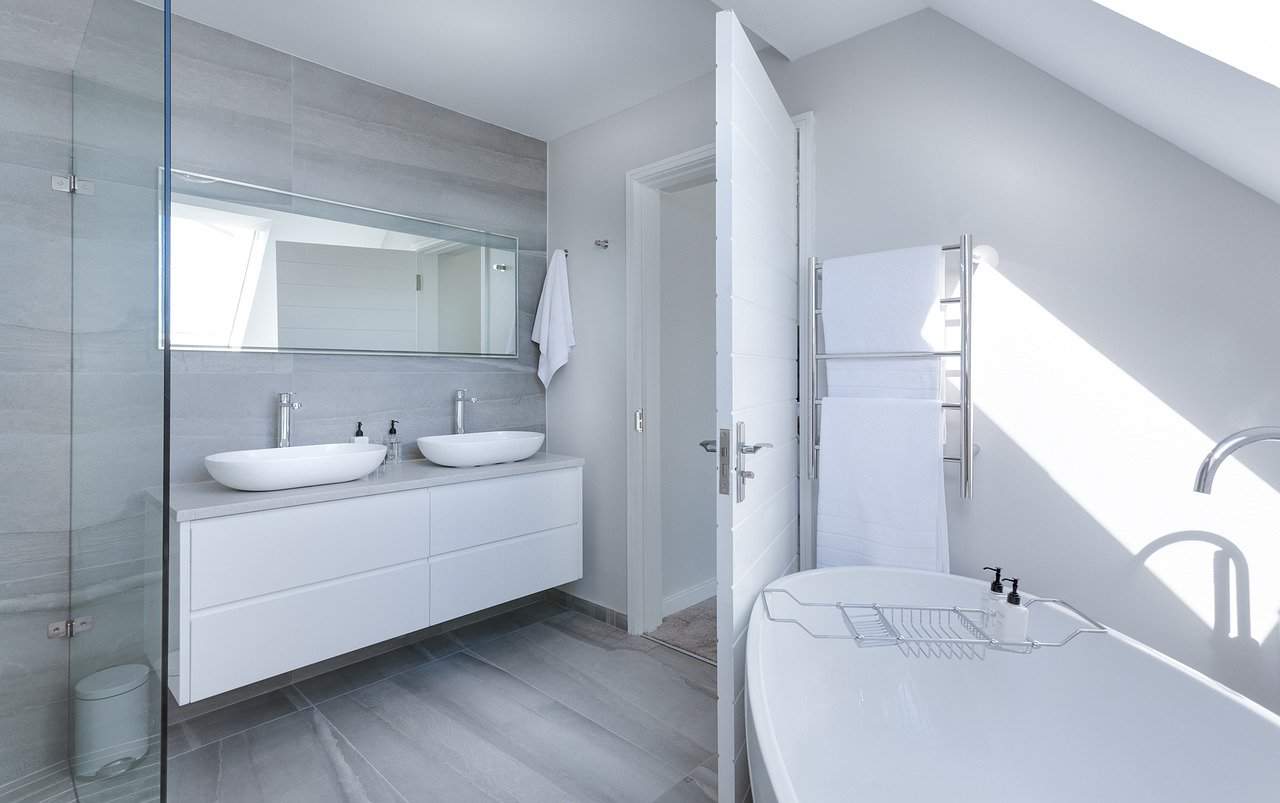Industrial buildings house a lot of the most important products, goods, and services in our economy. These buildings staff the professionals that manufacture important items that we all depend on in some form or fashion every single day.
Because these are heavy-duty operations, companies are often looking for flexible and lightweight solutions for their work. Your company needs an industrial building that you can count on. In many cases, these are prefabricated or steel structures.
Prefabricated buildings are worth more than $200 billion as an industry. No matter what kind of industrial building you are planning out, it starts with knowing the components.
The tips below will help you out when you’d like to get the best from your industrial building.
The Purpose of an Industrial Building
First, get clarity on the purpose the building will serve. This lets you know what your company needs so that you get the best layout, parts, and staff.
Examples of some work done inside industrial buildings include:
- Manufacturing automotive parts
- The creation of biomedical and biotechnological products
- Chemical plants and research laboratories
- Materials handling plants
- Product warehouses and fulfillment centers
- Cold storage plants and other forms of temperature-controlled storage
- Open-ended office and work spaces for rent
Knowing what kind of work processes you are dealing with will help you create your ideal industrial building piece by piece.
The Building Materials That These Structures Are Made From
Research your building material options. Many industrial buildings are made from structured steel, aluminum, and other metallic mixtures. These metals are particularly useful when building prefabricated industrial buildings.
An industrial building might also be made from materials including brick, cement, stone, and different types of lumber. Choose the highest quality materials for your industrial building so that you can count on its durability and protection from the weather and elements.
Consider looking into Butler building parts so that your building is made with the best available components.
A Well-Built Roof
You need a quality roof for your industrial building to hold up over the years. Getting the perfect roof is a combination of impeccable design and having the best roof materials. These buildings often include trusses that are designed for aesthetics and to handle rain runoff and other forms of precipitation. Having a well-built roof is critical so that everything underneath the roof is protected.
A quality industrial roof will also keep your building airtight so that you aren’t dealing with heat loss, leaks, or other issues that put your building and business in jeopardy. Talk to a professional roofing specialist that can help you out.
Heating Ventilation and Air Conditioning (HVAC) Systems
Take the time to also invest in the high-quality heating ventilation and air conditioning (HVAC) systems for your industrial building. Not only will an HVAC system keep your workers comfortable and in good health, but many industrial processes also require temperature control.
Upgrade your building with the newest, best, and most energy-efficient HVAC system that you can find. This will help you manage your energy expenses while also making sure that your heating and cooling are addressed correctly. In most industrial buildings, the HVAC system accounts for most of the energy bill.
These systems also include insulation, which will keep your temperatures regulated at all times of the day. Industrial HVAC systems today also come with smart automation that let you make the best use of temperature control and fuel.
Hire an HVAC specialist that can customize your heating and cooling system to the needs of your industrial building.
High-Quality Lighting
So much work is done inside industrial buildings on a daily basis – sometimes around the clock. Because of this, you need the best lighting conditions that you can create. This promotes a positive work environment while also helping to keep everybody safe inside your building.
To do this, make sure that you have plenty of overhead lighting and that you invest in the best lighting systems available. This often means light-emitting diode (LED) systems with energy control settings. Optimizing your use of lighting will keep your bills under control, safe, and will make sure that you have all of the visibility that you need to conduct work regularly.
Industrial Floors and an Organized Layout
You should also consider your flooring options when constructing or remodeling an industrial building. The flooring style should fit the nature of your work so that it is made from materials that will keep everyone safe. For example, garages often use epoxy flooring and similar materials. Other types of industrial work might require work floors with more grip or include drainage systems.
Choose flooring options that are durable so that the flooring will not crack. split, crumble, or break down before they should. Brainstorm to create the right floor plan so that you can also get the best from your industrial building’s square footage. Use a layout that also enhances your workflow and allows your staff all of the space that they need.
Get the Most From Your Industrial Structures
Your industrial building will serve you well when you take a step-by-step approach to tackle each aspect of the design, construction, and maintenance. Use these words of advice so that you get what you need from your industrial building project. We’re happy to provide the first steps, along with information that can help you further.
Use us as your resource so that you can keep learning more about industrial structures and other aspects that will help you with your company.
Discover more from Futurist Architecture
Subscribe to get the latest posts sent to your email.



